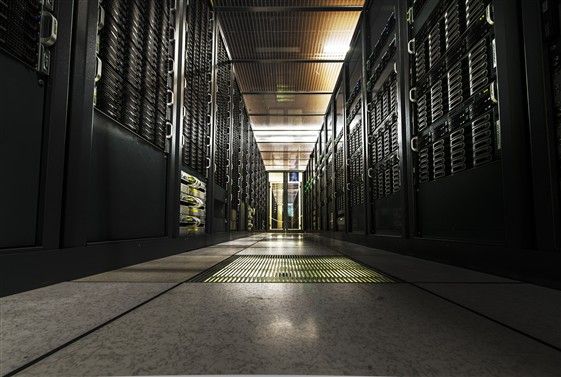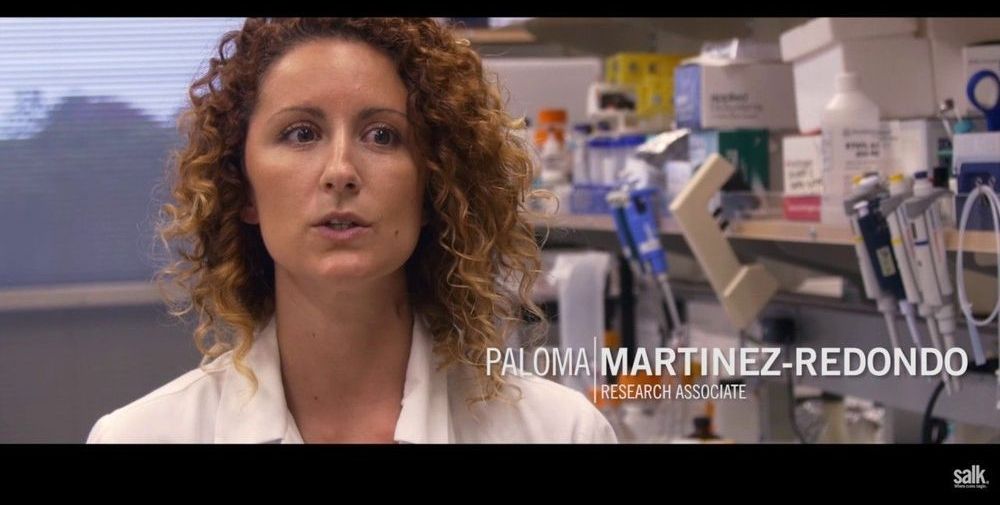Today the collaboration for the LHCb experiment at CERN’s Large Hadron Collider announced the discovery of two new particles in the baryon family. The particles, known as the Xi_b’- and Xi_b*-, were predicted to exist by the quark model but had never been seen before. A related particle, the Xi_b*, was found by the CMS experiment at CERN in 2012. The LHCb collaboration submitted a paper reporting the finding to Physical Review Letters.
Like the well-known protons that the LHC accelerates, the new particles are baryons made from three quarks bound together by the strong force. The types of quarks are different, though: the new X_ib particles both contain one beauty (b), one strange (s), and one down (d) quark. Thanks to the heavyweight b quarks, they are more than six times as massive as the proton. But the particles are more than just the sum of their parts: their mass also depends on how they are configured. Each of the quarks has an attribute called “spin”. In the Xi_b’- state, the spins of the two lighter quarks point in the opposite direction to the b quark, whereas in the Xi_b*- state they are aligned.
“Nature was kind and gave us two particles for the price of one,” said Matthew Charles of the CNRS’s LPNHE laboratory at Paris VI University. “The Xi_b’- is very close in mass to the sum of its decay products: if it had been just a little lighter, we wouldn’t have seen it at all using the decay signature that we were looking for.”









